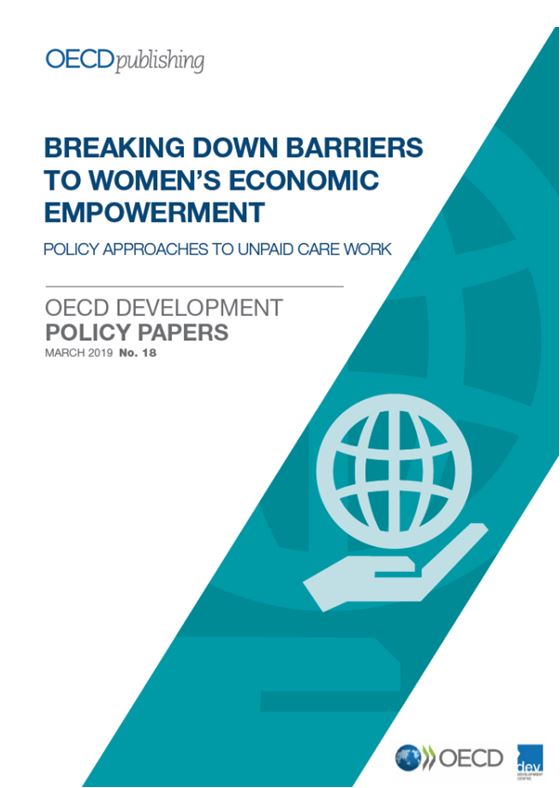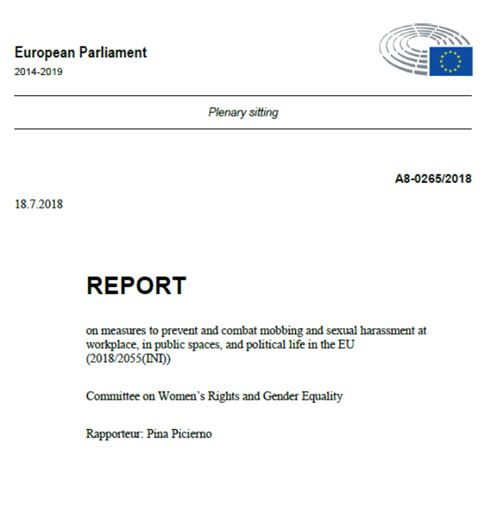All European countries on track to offer inactivated polio vaccine in next step of global eradication plan
Извор: Светска здравствена организација – 14.05.2018
 Shukhrat Latipov
Shukhrat Latipov
Four additional countries in the WHO European Region have successfully added the inactivated poliomyelitis (polio) vaccine (IPV) to their routine immunization schedules this year. With support from Global Polio Eradication Initiative (GPEI) partners, Turkmenistan introduced IPV on 2 January, the Republic of Moldova on 2 April, Uzbekistan on 24 April and Kyrgyzstan on 2 May. Tajikistan plans to introduce IPV in June.
This progress means that IPV will now be routinely offered to children in every Member State in the Region, as prescribed in the global Polio Eradication and Endgame Strategic Plan 2013–2018.
Expanded coverage to protect against eradicated type 2
Of the 3 known types of wild poliovirus, type 2 is no longer circulating and was declared globally eradicated in 2015. As the next planned step, the remaining countries in the world using oral polio vaccine (OPV) were required to switch from trivalent OPV (containing all 3 poliovirus types) to bivalent OPV (bOPV – containing only types 1 and 3). The switch took place in a globally synchronized manner between 17 April and 1 May 2016.
OPV contains weakened forms of the live virus and is given in drops, while IPV contains inactivated forms of all 3 poliovirus types and is given by injection. To maintain immunity levels to type 2 polio, countries that switched to bOPV were required to add at least 1 dose of IPV to their routine schedules as soon as possible following the switch. This would also help to mitigate risk of emergence of vaccine-derived poliovirus (VDPV).
Due to a shortage in IPV caused by the sudden increase in global demand, priority in supplying the vaccine was given to countries considered to be at high risk of circulation in the event of VDPV emergence. Introduction in countries considered to be at lower risk of transmission was postponed to 2018, when the supply situation would be stabilized.
All of the remaining 5 countries in the Region using OPV were considered to be at lower risk and thus scheduled to introduce IPV this year. Catch-up immunization activities are planned in each of these countries in early 2019 to ensure that all children born since the switch to bOPV receive their recommended shot of IPV.
Background
The Polio Eradication and Endgame Strategic Plan 2013–2018 calls for the gradual phasing-out of OPV. This process began in 2016 with the withdrawal of the type-2 component (OPV2). Withdrawal of OPV2 from the vaccine decreased the already-small risk of VDPV circulation in areas with exceptionally low vaccination coverage, and increased the effectiveness of OPV against type 1 and type 3 polioviruses.



